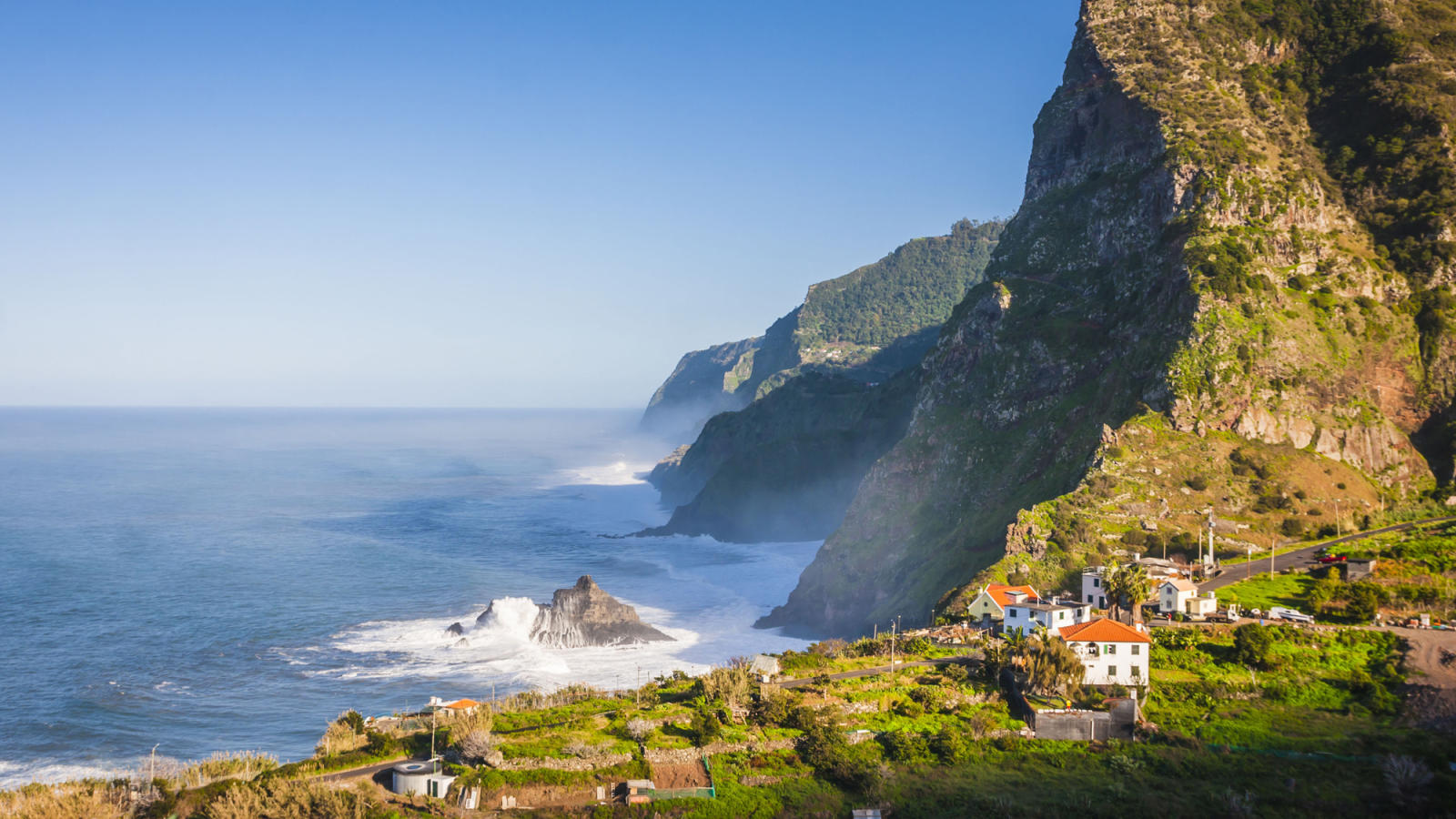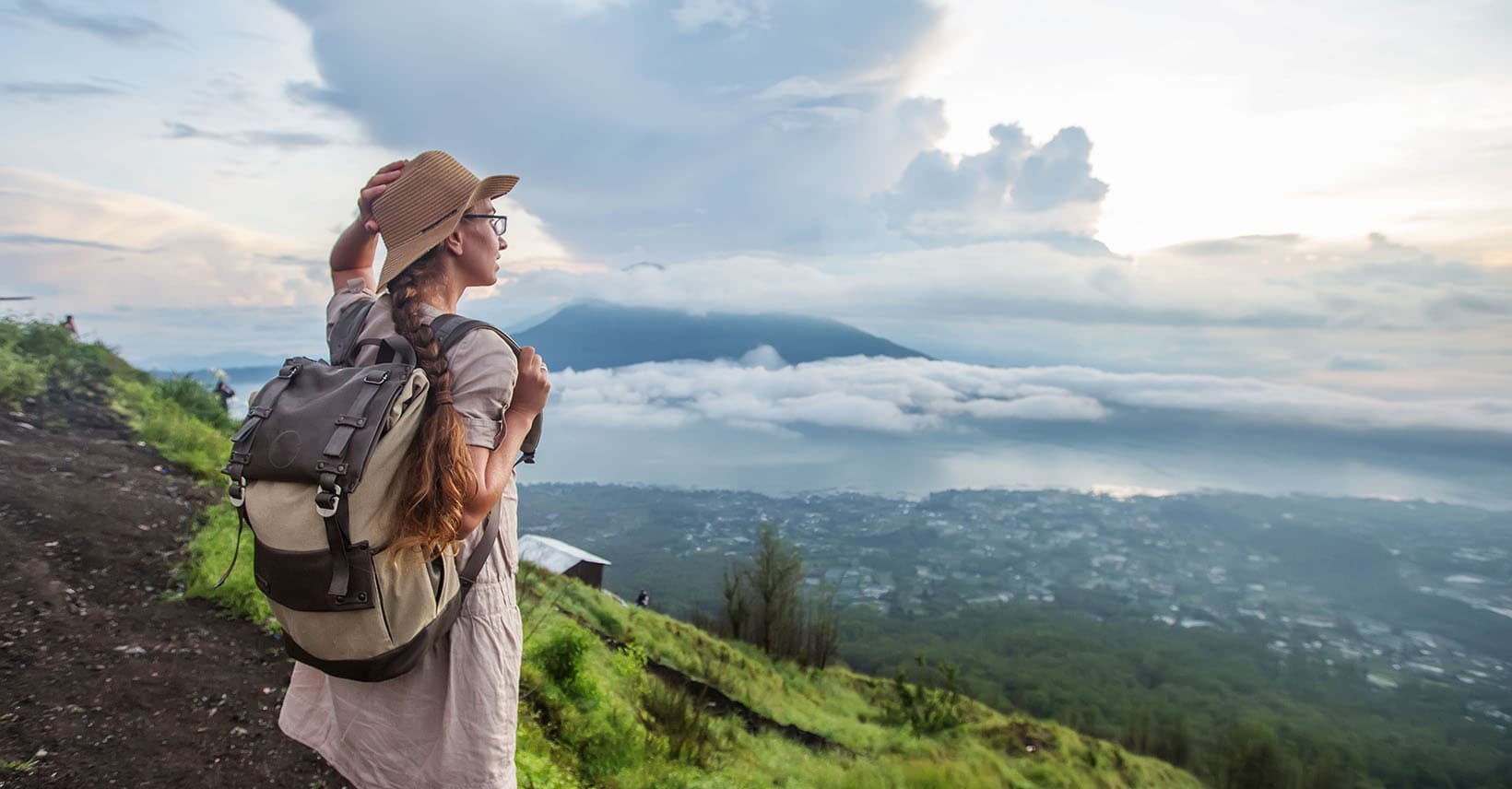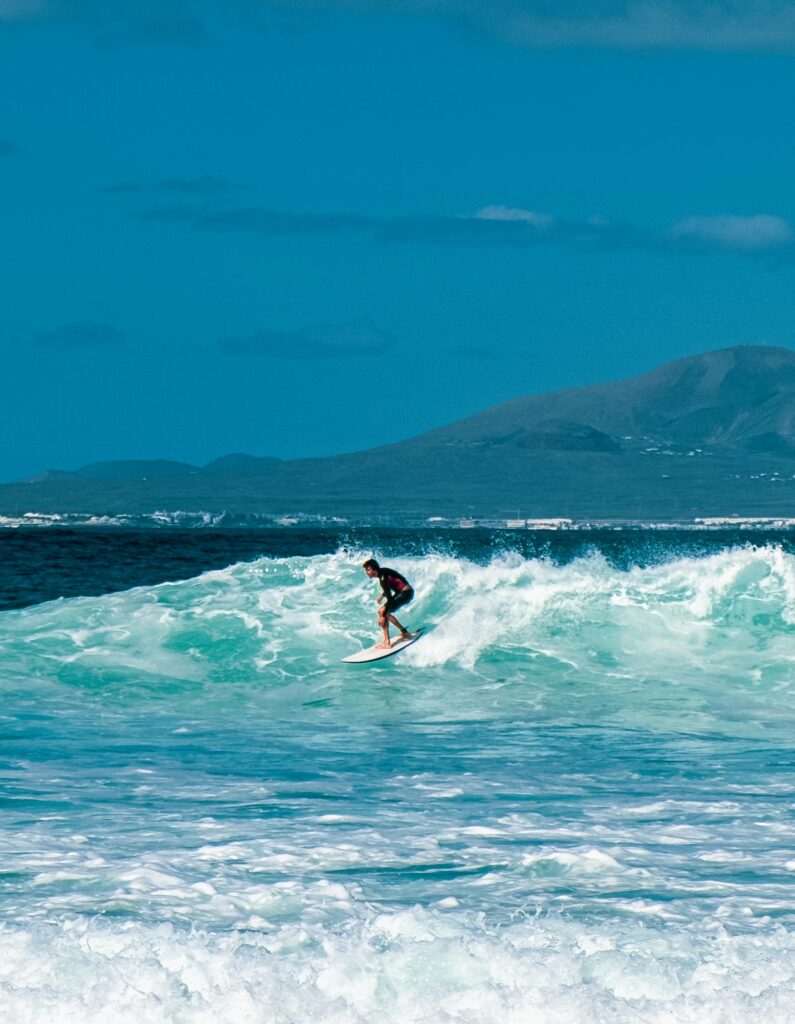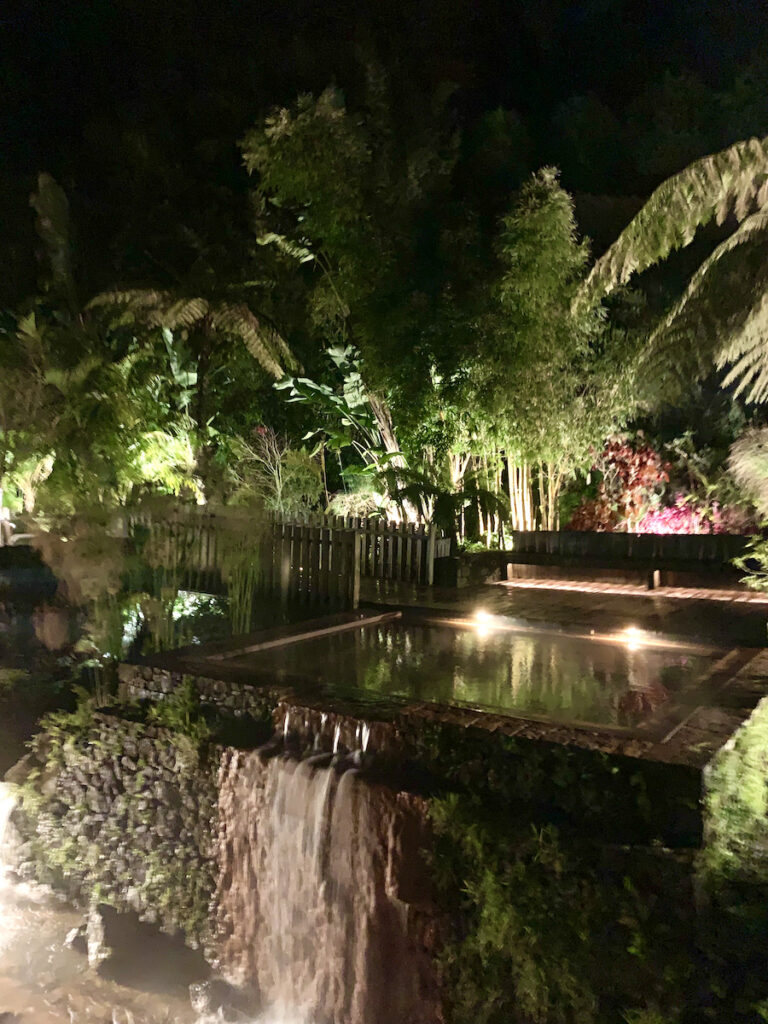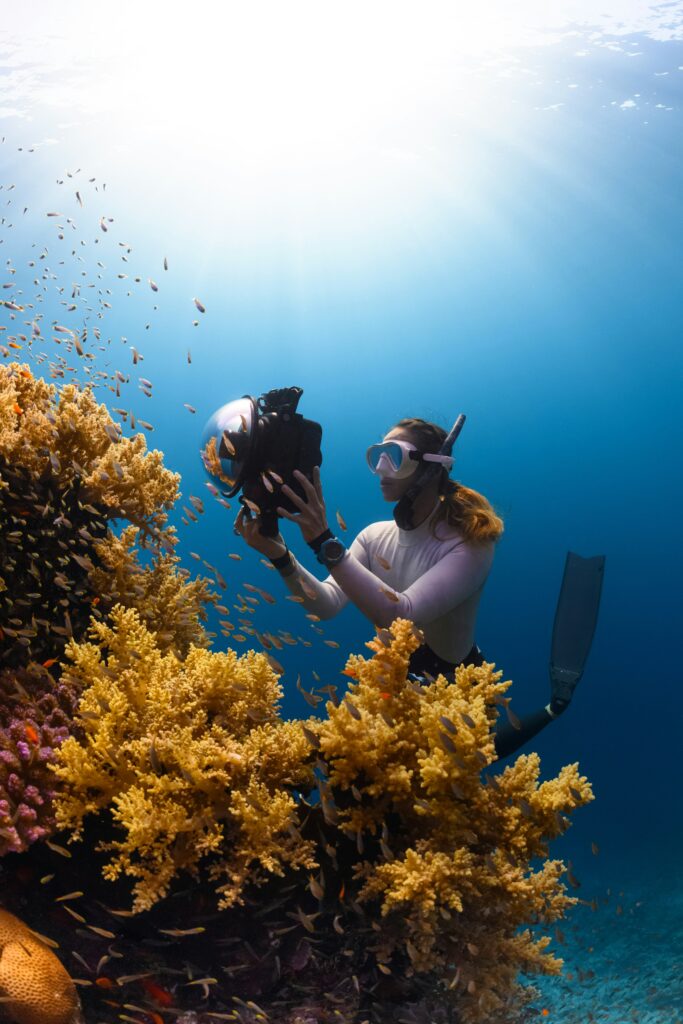GRAN CANARIA for NOMADS
Micro-Climates, Neighborhoods & Productivity Hotspots
Join the Tripico Team as we dive into the must-sees and hidden gems of Gran Canaria.
Our journey begins on the stunning island of Gran Canaria, often called the “Little Continent” for its striking diversity. Within a few hours, you can move from lush jungle valleys to volcanic cliffs, golden sand dunes, and the deep blue Atlantic. It’s a place where every corner feels like a new world — and for digital nomads, it offers the rare combination of lifestyle, productivity, and adventure.
At the heart of it all lies Las Palmas de Gran Canaria, the island’s vibrant capital. Frequently ranked among the world’s top ten destinations for digital nomads, the city blends a near-perfect climate with a cosmopolitan yet relaxed atmosphere. With year-round spring temperatures, fiber-optic connectivity, and a thriving international community, Las Palmas has become one of Europe’s most dynamic hubs for long-stay remote workers.
Las Palmas: A City of Neighborhoods
Las Palmas feels like many cities in one. Each neighborhood has its own rhythm, community, and lifestyle — making it easy to find your ideal base.
The area around Las Canteras Beach is the most popular among nomads. You can surf before work, open your laptop at a beachfront café, and end the day with a sunset swim. It’s lively, social, and perfect for those who love to balance work with outdoor energy.
Nearby Guanarteme attracts creatives and long-stayers. It’s packed with coworking spots, coliving apartments, and local bars where ideas flow easily. Those seeking charm and culture often move to Vegueta or Triana, the city’s historic heart.
Cobbled streets, art galleries, and colonial houses create a slower, more authentic vibe. For a quieter life, Ciudad Jardín and Ciudad Alta offer leafy streets and peace — just a short bus ride from the coast.
Coworking by the Sea
Las Palmas has one of the strongest coworking ecosystems in the Canary Islands. Spaces like Sky Coworking, Work-Labs, and The House offer high-speed internet, 24/7 access, and bright, modern interiors.
If you prefer a community vibe, Ecoisleta and CoworkSurf mix coworking with coliving – adding events, dinners, and surf sessions.
The setup makes it easy to meet other professionals while keeping your work routine stable.
You can move easily between beach cafés, coworking hubs, and mountain getaways. That flexibility is exactly what makes the island so special for remote workers.
The Power of Micro-Climates
Gran Canaria’s landscape changes dramatically within minutes. The north is green and cool, the south dry and sunny, and the center often rises above the clouds.
You can spend your morning under palm trees and your afternoon hiking in a jacket at Pico de las Nieves (1,949 m). It’s a natural playground for creativity and balance — the perfect antidote to monotony.
Whenever you need a break, drive inland for mountain air or head south to Maspalomas, where golden dunes meet the Atlantic. This diversity keeps both body and mind refreshed.
Weekend Escapes & Local Life
In less than an hour from Las Palmas, the Agaete Valley reveals a greener, slower world. It’s home to Europe’s only coffee plantation growing the Arabica typica variety, surrounded by whitewashed villages and volcanic soil. Close by, natural rock pools form with the tide — fragile ecosystems that locals carefully protect.
At night, you can join a snorkeling tour to spot octopuses, manta rays, and starfish coming out to feed. Higher in the mountains, Pico de las Nieves offers panoramic views and a glimpse into the island’s ancient past. Here, the first settlers once held rituals among the volcanic rocks.
And when it’s time to recharge, nothing beats a surf lesson along the Atlantic coast — pure energy and salt air to clear the mind.
The Nomad Rhythm
Gran Canaria offers something rare: a place where work, nature, and culture coexist effortlessly. You can start your day with coffee by the sea, join a coworking event at noon, and hike above the clouds by sunset.
Through Tripico, travelers can explore beyond the tourist routes — discovering the island’s coffee farms, sacred peaks, and authentic local life. And if you decide to stay longer, check our guide to the Digital Nomad Visa, your ticket to making this island your next remote home.
Final Thoughts
When to Go? The best time to visit is March–May or September–December. You’ll find mild weather, fewer tourists, and better flight prices. Temperatures usually stay between 18 °C and 27 °C — eternal spring in every sense.
BLOG & NEWS



